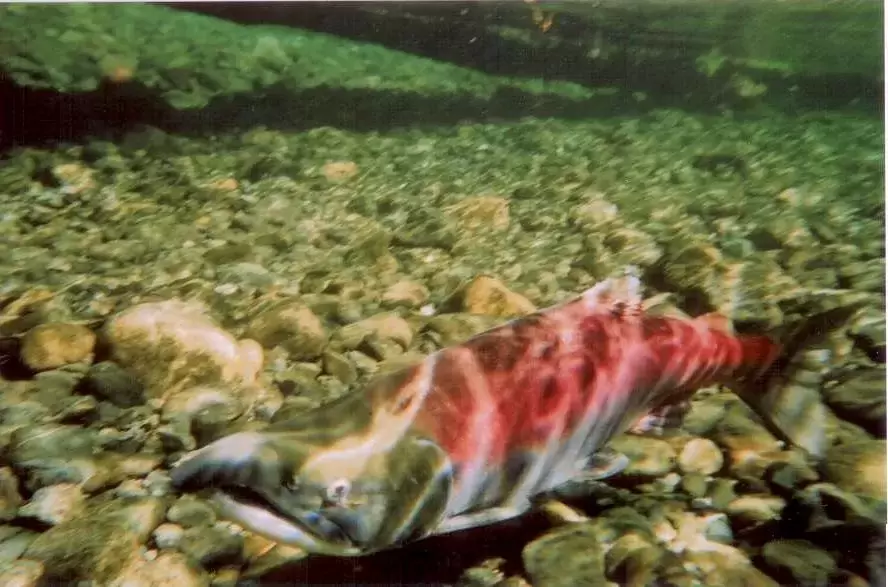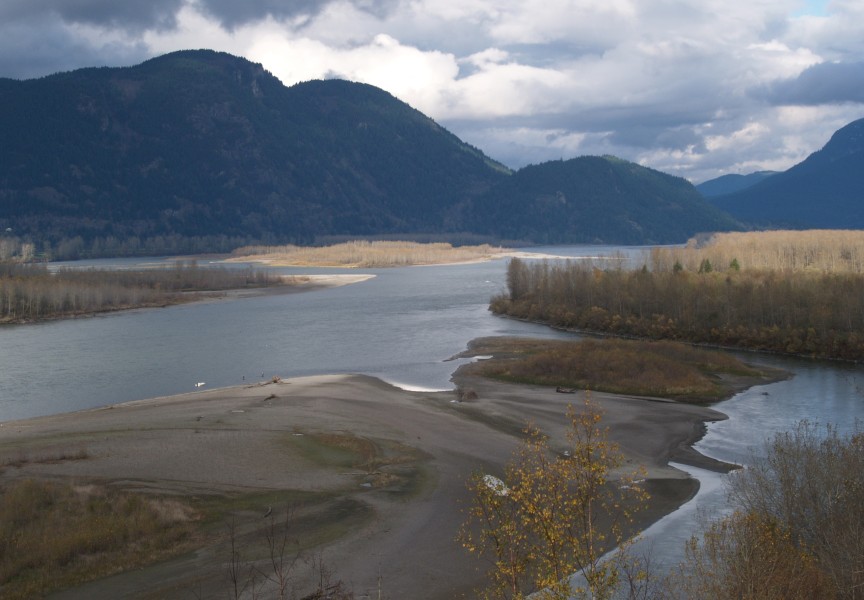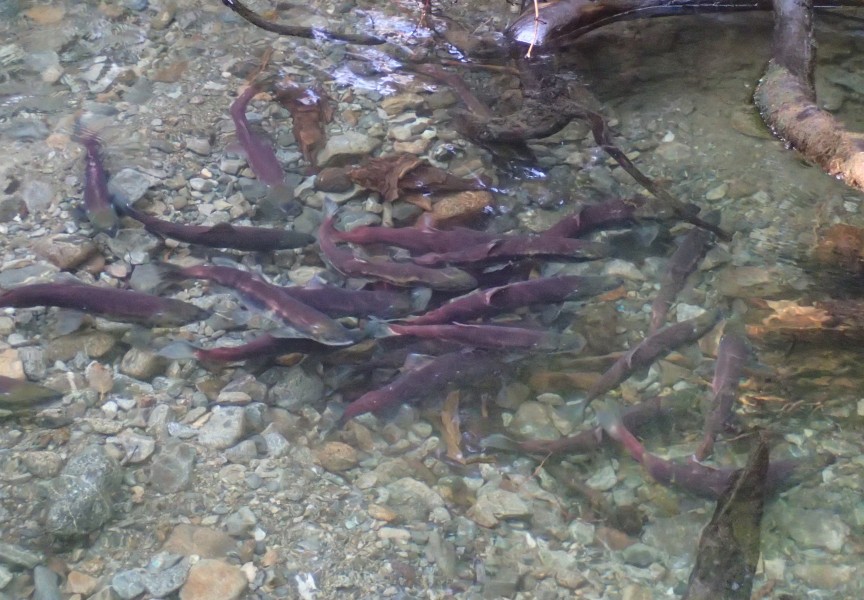Fisheries and Oceans Canada is reviewing candidates for a fund to restore aquatic habitat, including multiple submissions from Nuu-chah-nulth communities looking to amend a legacy of industrial activity.
In July the federal department began collecting submissions of interest for the Coastal Restoration Fund, a $75-million initiative established to improve marine habitats along Canada’s three oceans. The fund is part of Ottawa’s $1.5-billion Oceans Protection Plan, a five-year project that lists “creating stronger Indigenous partnerships” as part of its mandate, according to the plan’s announcement in November 2016.
In July several expressions of interest came from groups tied to Nuu-chah-nulth communities, including the Ahousaht First Nation. This submission proposes to restore five watersheds in Ahousaht territory affected by industrial logging that dates back to the 1940s, said Tyson Atleo, senior advisor to the First Nation’s Maaqutusiis Hahoulthee Stewardship Society.
“In some of the watershed cases, over 50 per cent of the estuary salt marsh habitat has actually been buried in rock and sediment,” he said. “This is due to landslides, erosion, lack of mature trees and riparian cover, loss of eelgrass and sedge grasses that basically causes a lack of quality spawning habitat.”
This habitat loss creates difficulty for the community, as the Ahousaht are dependent on the health of salmon in their waters.
“Because our people are intrinsically linked to the salmon populations by way of culture, society and economy, we absolutely feel the impact,” said Atleo. “This is an opportunity to re-establish a really strong relationship with these watersheds and ensure that we’re able to restore them back to a place that can ensure they’re able to provide for our community.”
The Coastal Restoration Fund also attracted submissions from the Island Marine Aquatic Working Group, which represents the interests of several Coast Salish, Kwakwaka’wakw and Nuu-chah-nulth Nations, as well as West Coast Aquatic. This Vancouver Island organization made proposals to restore habitat along the Somass River on behalf of the Tseshaht and Hupacasath First Nations, as well as a wide-ranging estuary recovery effort. With technical assistance from the Nuu-chah-nulth Tribal Council’s Uu-a-thluk fisheries department, WCA is administering agreements on behalf of the Mowachaht Muchalaht, Ehattesaht, Nuchatlaht and Ditidaht. This partnership seeks to restore estuary habitat in the Nations’ territories.
West Coast Aquatic’s executive director Tawney Lem said that risk assessments and habitat status reports conducted by the northern Nations have pointed to certain estuaries as areas of concern.
“These communities recognize the value of estuaries and ecosystem services that they provide,” she said. “Some of the most critical habitat for all species of pacific salmon - in terms of the completion of the life cycle - happens in those particular estuaries. Those are also particularly vulnerable to marine shipping and other coastal industrial activity.”
Decades of industrial forestry along the west coast of Vancouver Island has left its mark on aquatic habitat, according to Jim Lane, Uu-a-thluk’s southern region fisheries biologist.
“Most sediment aggradations in WCVI estuaries are the result of logging-related activities,” he said.
“There has been also some historical infill that’s been put into the estuary due to road building, log dump construction and other infrastructure,” added Lem.
The Coastal Restoration Fund comes at a time when a certain kind of industrial activity along B.C.’s coast is expected to intensify if an expansion to the Trans Mountain pipeline moves forward. The federal government has approved this development, which would increase the number of oil tankers departing the Lower Mainland from the existing five a month to a projected 34.
As communities on the west coast of Vancouver Island face the ongoing risk of spills, the Coastal Restoration Fund presents an opportunity to highlight First Nations priorities, said Lem.
“Communities out here have seen the impacts of oil spills,” she said. “They’re often the first to respond and they’re the ones who feel the impacts very intimately.”
The application is an important chance for Ahousaht to ensure it has the capacity to manage its own watershed, said Atleo.
“The responsibility for managing these resources belongs to us,” he said. “We are well positioned, we have the knowledge and the skills to steward these resources in a way that is far more sustainable - in a way that benefits local communities and will broadly [benefit] the larger population so much more effectively.”
The Coastal Restoration Fund applies to Canada’s shores along the Pacific, Arctic and Atlantic Ocean, making the west coast of Vancouver Island a small fraction of the country’s total stretch of shores. Whatever funding is awarded will not come close to addressing the need to restore aquatic habitat, said Lem.
“The Coastal Restoration Fund on its own is not going to address that need,” she said, adding that work for the CRF submissions will help prepare for future funding opportunities. “As we pursue others, the information that was done for this will certainly help for that as well.”
An update on submissions that Fisheries and Oceans Canada will be considering for the fund is expected in the fall.







